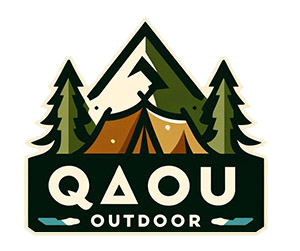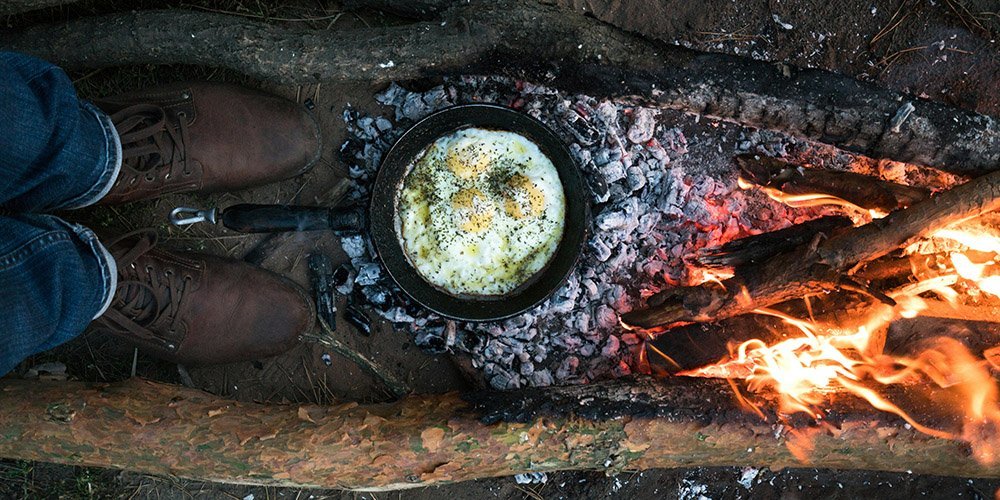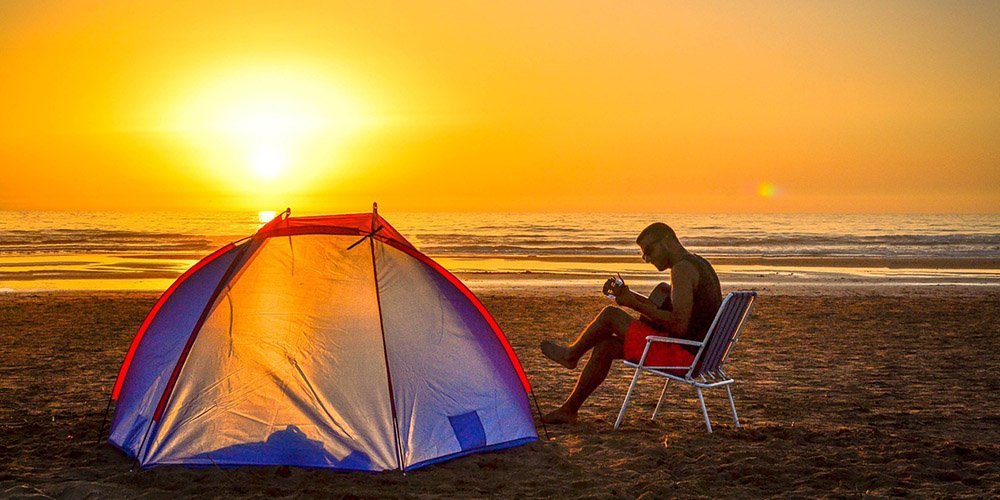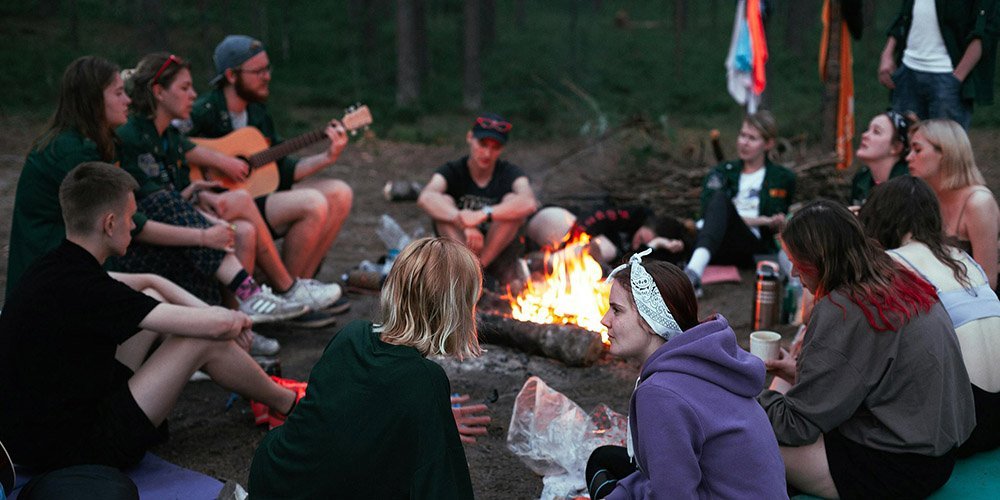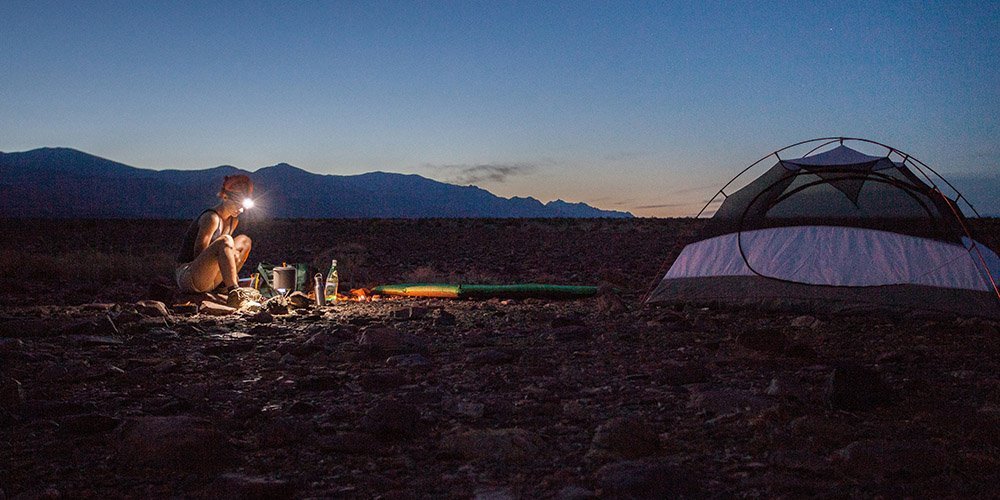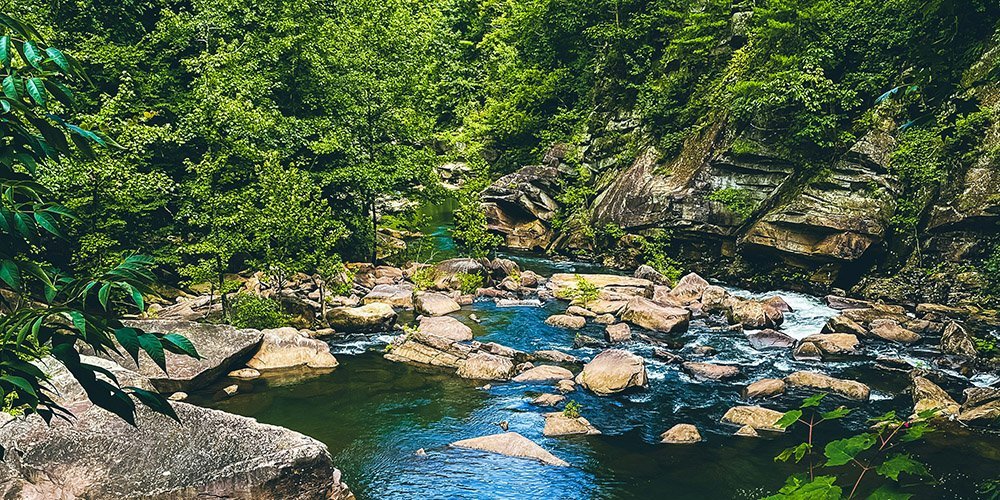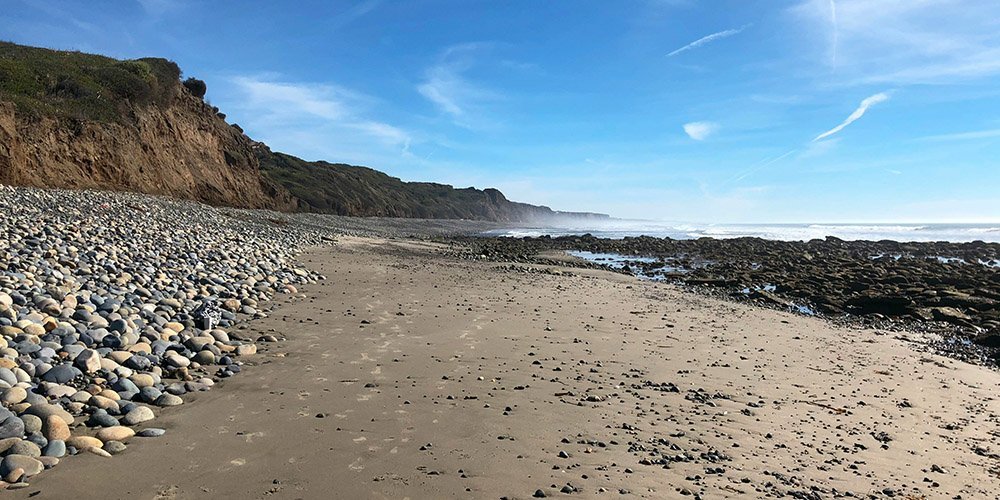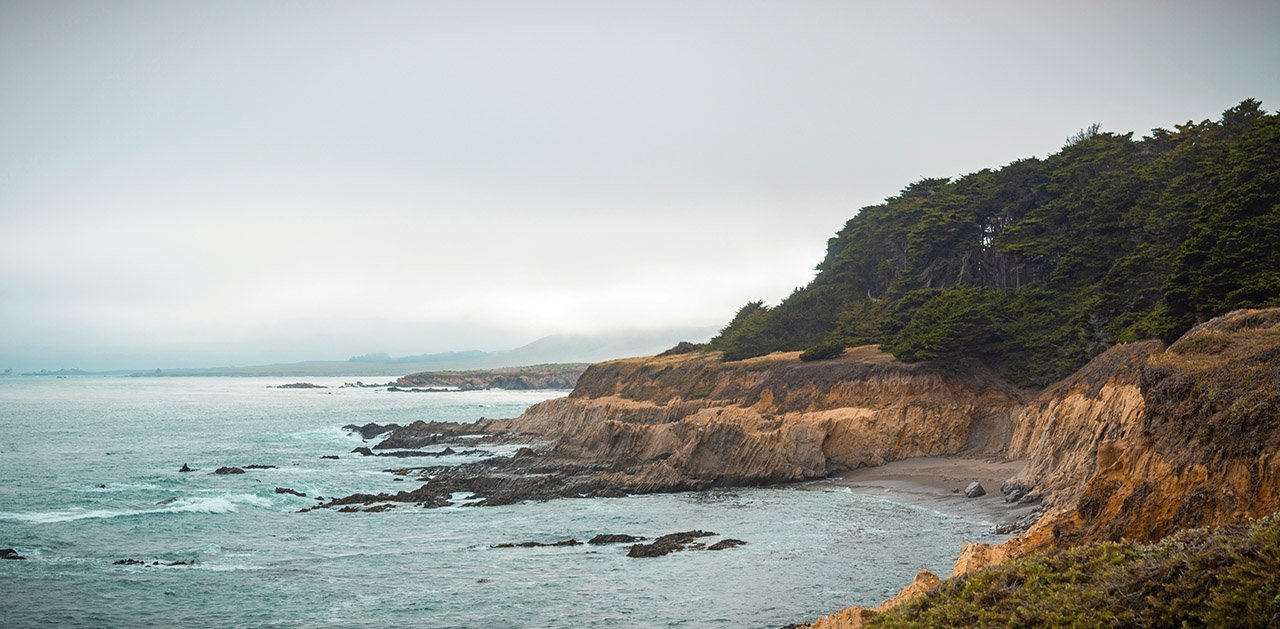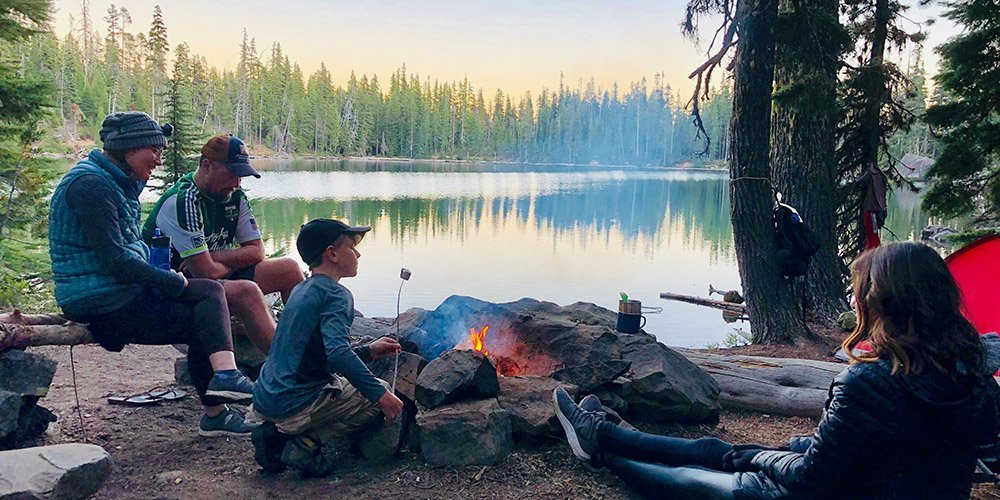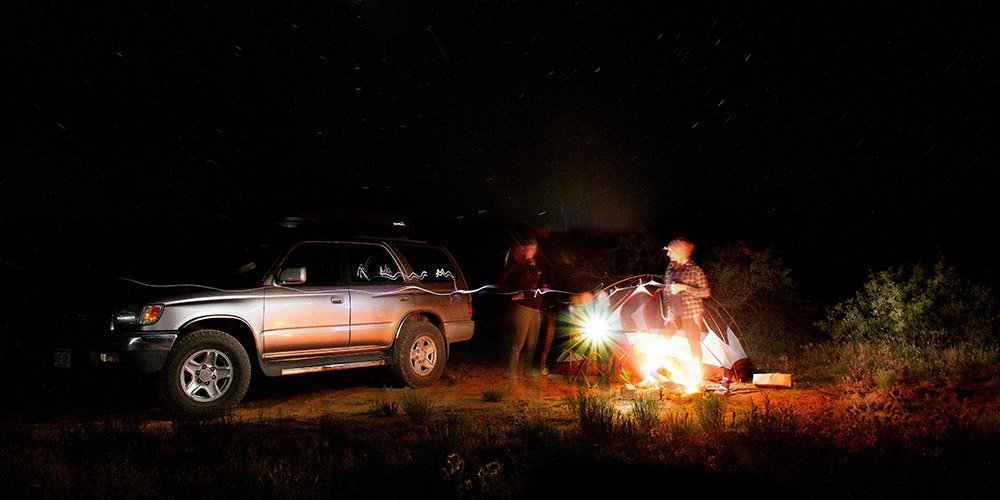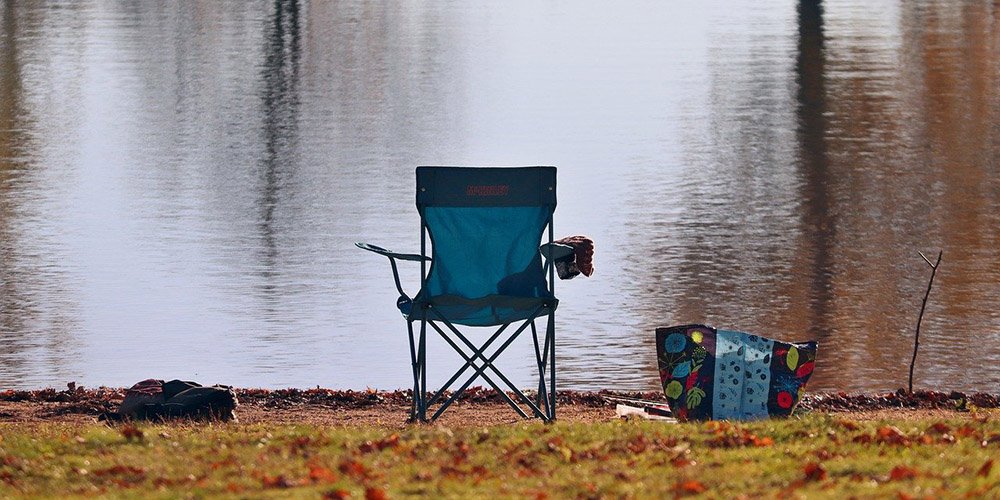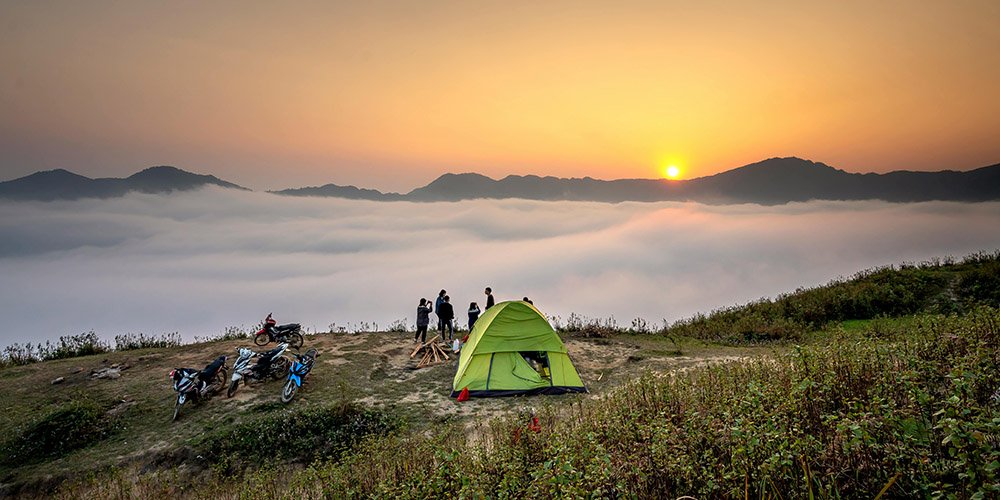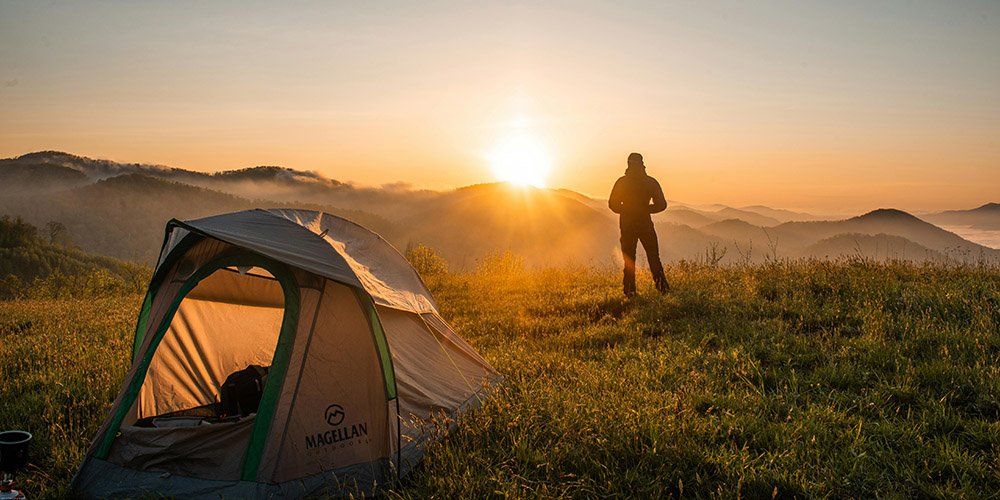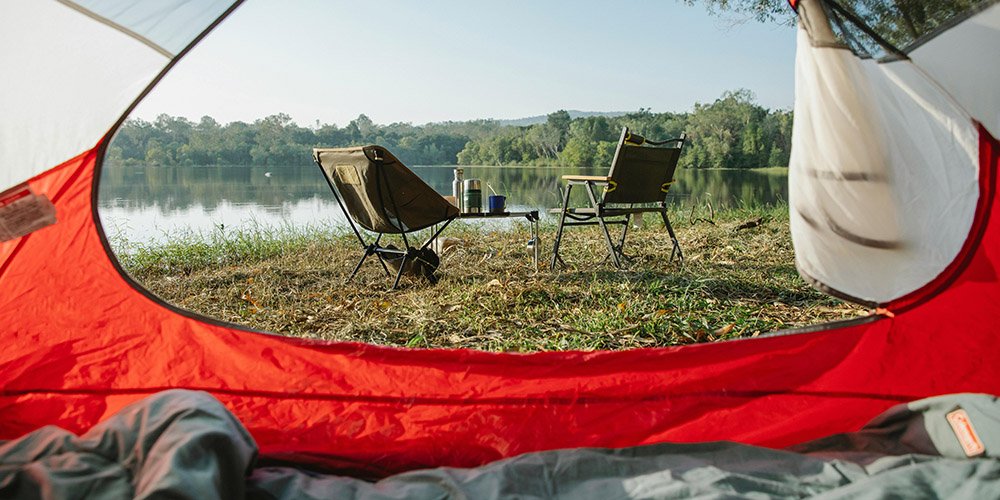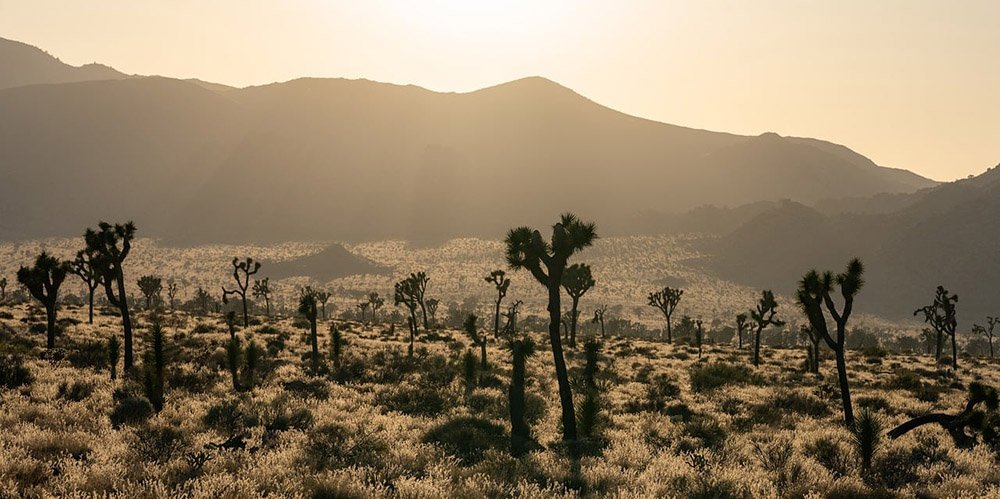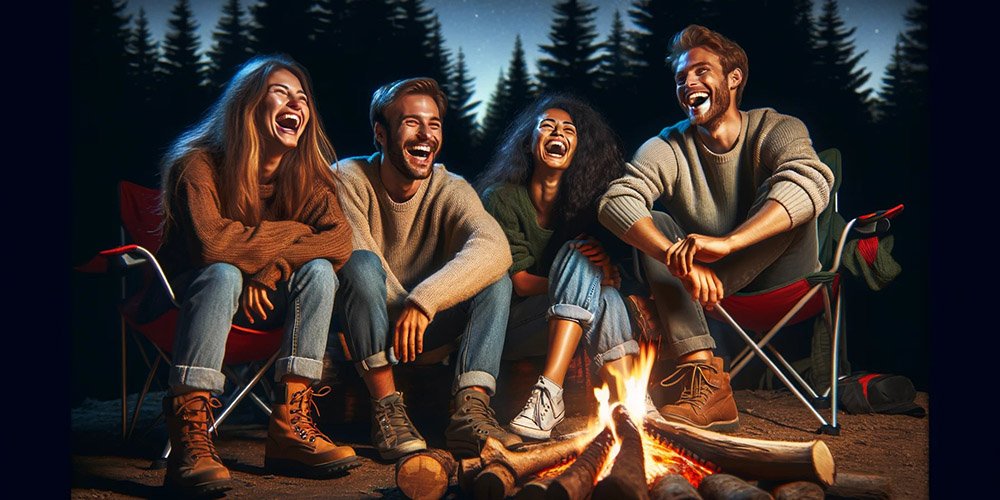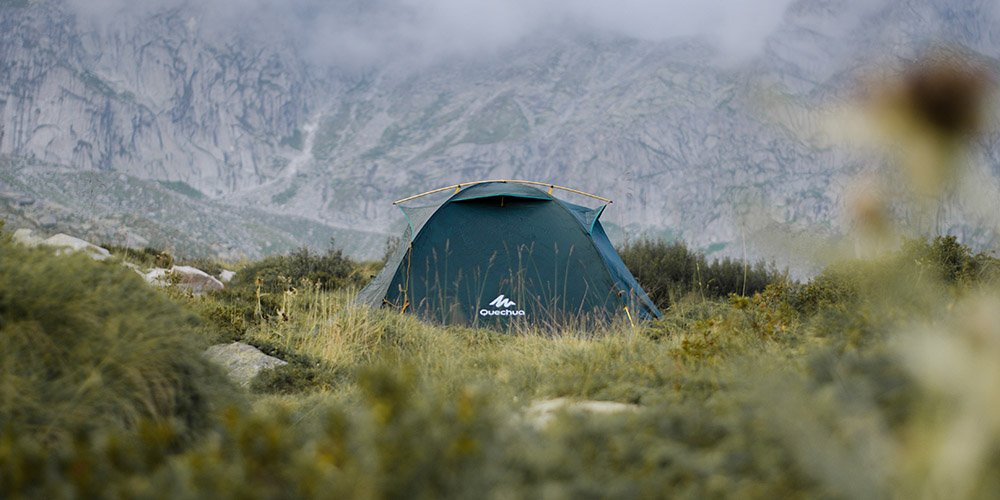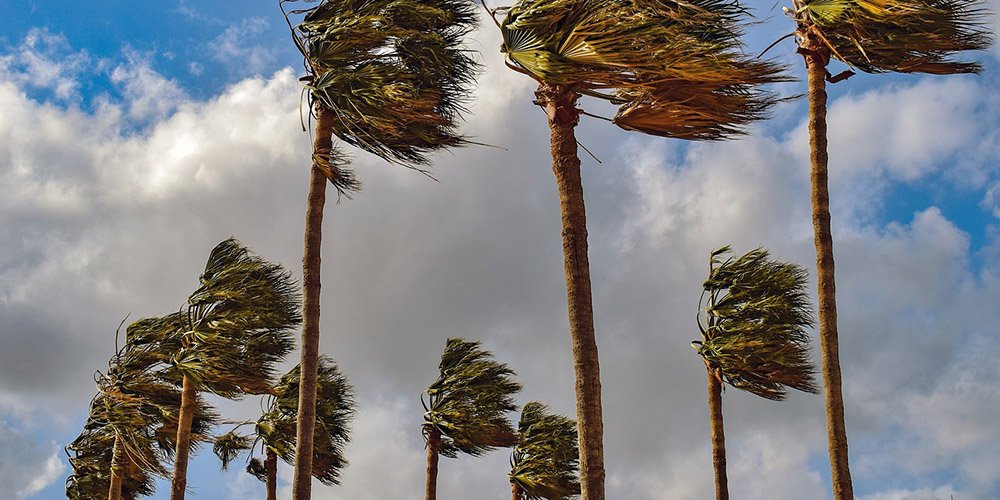Welcome to the Ultimate Camping Guide! I’m thrilled to have you here. As an avid camper with years of experience under my belt, I’ve gathered a wealth of knowledge and countless stories from my adventures in the great outdoors.
My goal is to share this wisdom with you, whether you’re just starting out or looking to enhance your camping skills. Camping is more than just a hobby; it’s a way to connect with nature, find peace, and create unforgettable memories.
Let’s dive into this guide together and embark on the journey to make your camping experiences extraordinary.
Want to jump to our camping articles directly? Click here!
Why Go Camping?
Health Benefits
Camping is a fantastic way to boost your health. The physical exercise you get from hiking, setting up camp, and exploring is invaluable. But it’s more than just exercise. Being outdoors reduces stress, improves mood, and increases overall well-being. Imagine waking up to the sound of birds chirping, breathing in the crisp morning air, and feeling the sun’s warmth on your face—it’s a natural therapy that rejuvenates the mind and body.
Connection with Nature
There’s something incredibly grounding about immersing yourself in nature. Camping offers a unique opportunity to disconnect from the digital world and reconnect with the natural one. You’ll find a deeper appreciation for the environment, understanding its beauty and fragility. Every rustling leaf, flowing stream, and starry night sky reminds us of the wonders of our planet.
Family and Social Bonding
Camping is also about the people you share it with. It’s a time to strengthen bonds with family and friends, away from the distractions of daily life. Sitting around a campfire, sharing stories, telling jokes, cooking together—these moments create a sense of unity and foster relationships that last a lifetime.
Read more about all the benefits of camping here!
Types of Camping
Tent Camping: This is the classic camping experience. Setting up a tent in a beautiful spot, whether in a forest, by a lake, or on a mountain, brings you closer to nature. It’s versatile, adventurous, and provides a true sense of accomplishment.
RV Camping: If you prefer a bit more comfort, RV camping might be for you. With amenities like beds, kitchens, and bathrooms, RVs make it possible to enjoy nature’s beauty without sacrificing modern conveniences. It’s perfect for longer trips and those who like to bring a bit of home with them.
Backpacking: For the truly adventurous, backpacking is the ultimate way to explore remote locations. Carrying everything you need on your back and hiking into the wilderness offers a sense of freedom and self-reliance that’s hard to beat. It’s about the journey as much as the destination.
Glamping: Glamping is for those who want to experience the outdoors with a touch of luxury. Imagine comfortable beds, running water, and even electricity—all in a stunning natural setting. It’s a great way to enjoy the best of both worlds.
Car Camping: This method offers the convenience of having your vehicle nearby. It allows you to bring more gear, making it easier to enjoy a comfortable and well-equipped camping experience. Plus, it’s great for those spontaneous trips when you just want to hit the road and find a perfect spot.
Choosing a Campsite
Location: The right location can make all the difference. Whether you prefer the serene beauty of a national park, the amenities of a state park, the privacy of a private campground, or the adventure of a backcountry site, each offers unique experiences. Do some research to find the perfect spot that fits your needs and preferences.
Amenities: Consider what amenities are important to you. Some campsites offer showers, restrooms, picnic tables, and fire pits. Others might be more rustic, providing a more authentic outdoor experience. Choose based on what will make your trip enjoyable and comfortable.
Accessibility: Think about how accessible the campsite is. Are you planning on hiking to your site, or do you prefer something you can drive right up to? Proximity to water sources, hiking trails, and scenic views can also enhance your camping experience.
Reservations: Popular campsites can fill up quickly, especially during peak seasons. Make sure to book your spot in advance to avoid disappointment. A little planning goes a long way in ensuring a smooth and stress-free camping trip.
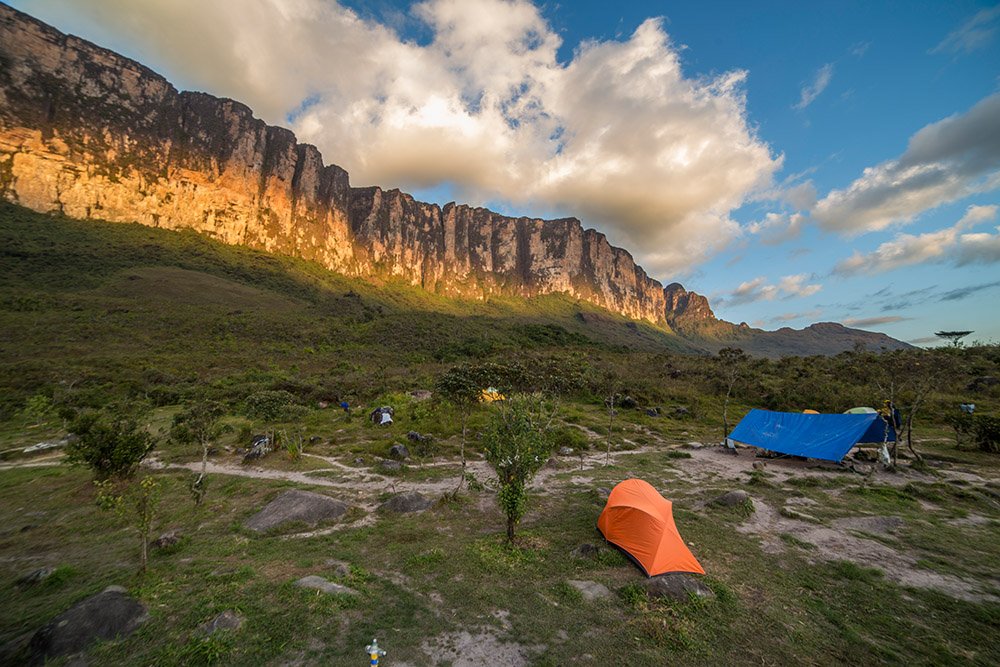
Essential Camping Gear
Shelter: A good shelter is crucial. Whether it’s a tent, tarp, or hammock, your shelter protects you from the elements and gives you a cozy place to sleep. Make sure it’s sturdy and suitable for the weather conditions you’ll encounter.
Sleeping: A restful night under the stars starts with the right sleeping gear. Invest in a comfortable sleeping bag and pad to ensure you stay warm and well-rested. Don’t forget a pillow for added comfort.
Cooking: One of the joys of camping is cooking in the great outdoors. A portable stove, cookware, and utensils are essential. Plan your meals and bring everything you need to cook delicious and satisfying meals at your campsite.
Clothing: Dress in layers to adapt to changing weather conditions. Bring waterproof gear, sturdy footwear, and enough clothes to stay warm and dry. Remember, it’s better to be over-prepared than underdressed. A neck gaiter can be a good idea as well.
Miscellaneous: Don’t forget the little things that make a big difference—like a first aid kit, flashlight, multi-tool, and navigation tools (maps, compass, GPS). These items can enhance your safety and convenience while camping. Make sure to read our articles on 12 Camping Must Haves and The Ultimate Camping Checklist For Families!
Quick Packing Checklist
Personal Items: Bring your toiletries, medications, and personal identification. These are essential for your comfort and safety.
Camping Equipment: Double-check your gear list to ensure you have everything you need. From your tent and sleeping bag to your cooking supplies and first aid kit, being well-prepared is key.
Food and Water: Plan your meals ahead of time and pack non-perishable foods. Consider bringing a water filtration system or purification tablets if you’ll be relying on natural water sources.
Setting Up Camp
Site Selection: Choose a flat, dry area for your tent, away from potential hazards like falling branches or flooding. Look for a spot that offers some natural wind protection and a bit of shade if possible.
Tent Setup: Follow the instructions to pitch your tent securely. Use stakes and guylines to ensure it stands firm against the wind. Adding a ground tarp can provide extra insulation and moisture protection.
Camp Layout: Organize your campsite for convenience and safety. Keep cooking areas separate from sleeping areas to avoid attracting wildlife. Make sure all your gear is stored properly to prevent it from getting wet or damaged.
Campfire Safety
Fire Regulations: Always check local fire regulations and restrictions before starting a campfire. Some areas may have bans in place during dry conditions to prevent wildfires.
Building a Campfire: Use a designated fire ring if available. Start with small sticks and gradually add larger logs. Ensure your fire is manageable and never leave it unattended.
Fire Safety Tips: Keep a bucket of water and a shovel nearby to extinguish the fire completely before leaving. Make sure the fire is out cold to prevent any risk of it reigniting.
Outdoor Cooking
Cooking Methods: Explore different methods like campfire cooking, portable stoves, and grills. Each offers a unique way to prepare your meals and adds to the camping experience.
Meal Ideas: Simple and delicious recipes like foil packet meals, grilled vegetables, and s’mores are perfect for camping. Plan your meals to ensure you have all the ingredients and tools you need.
Food Storage: Store food in sealed containers to keep it safe from wildlife. Use a bear-proof container if necessary, and always clean up food scraps to avoid attracting animals.
Make sure to read: Camping Kitchen Setup: A Complete Guide
Wildlife Safety
Awareness: Familiarize yourself with the local wildlife and their habits. Knowing what animals are in the area can help you stay safe and prepared.
Safety Tips: Keep a safe distance from wildlife and never feed them. Store food properly and make noise while hiking to avoid surprising animals. If you encounter wildlife, remain calm and back away slowly.
Leave No Trace Principles
Principles: Follow the seven Leave No Trace principles to minimize your impact on the environment. These include planning ahead, traveling on durable surfaces, disposing of waste properly, and respecting wildlife.
Practice: Always leave your campsite better than you found it. Pack out all trash, avoid disturbing natural habitats, and be mindful of other campers. We should all practice sustainable camping so that everyone can keep enjoying the outdoors for many generations to come.
Activities to Enjoy While Camping
Hiking: Explore nearby trails and enjoy the beauty of nature on foot. Hiking is a great way to see wildlife, discover new landscapes, and get some exercise.
Fishing: Bring your fishing gear and enjoy some quiet time by the water. Fishing can be a relaxing and rewarding activity, providing both food and entertainment.
Stargazing: Take advantage of the dark skies to observe the stars and constellations. Bring a telescope or just lie back and enjoy the view with the naked eye.
Games and Recreation: Bring along games and activities for entertainment. Frisbee, cards, or storytelling around the campfire can create fun memories for everyone.
Weather Preparedness
Checking Forecasts: Stay informed about the weather conditions before and during your trip. This helps you pack appropriately and prepare for any changes.
Weather Gear: Pack clothing and equipment suitable for different weather scenarios. This includes rain jackets, sun protection, and extra layers for cold nights.
Safety Tips: Know how to handle extreme weather conditions, such as thunderstorms, heatwaves, or unexpected cold snaps. Being prepared can keep you safe and comfortable.
First Aid and Safety
First Aid Kit: Include essential items like bandages, antiseptic wipes, pain relievers, and any personal medications.
Common Injuries: Learn how to treat minor injuries such as cuts, scrapes, blisters, and insect bites.
Emergency Procedures: Be prepared for emergencies by knowing the location of the nearest medical facility and having a plan for contacting help.
Our Camping Articles & Guides
For more detailed articles and tips, explore our other camping-related content on the Qaou Outdoor website. Whether you’re looking for gear reviews, campsite recommendations, or advanced survival techniques, we have you covered!
